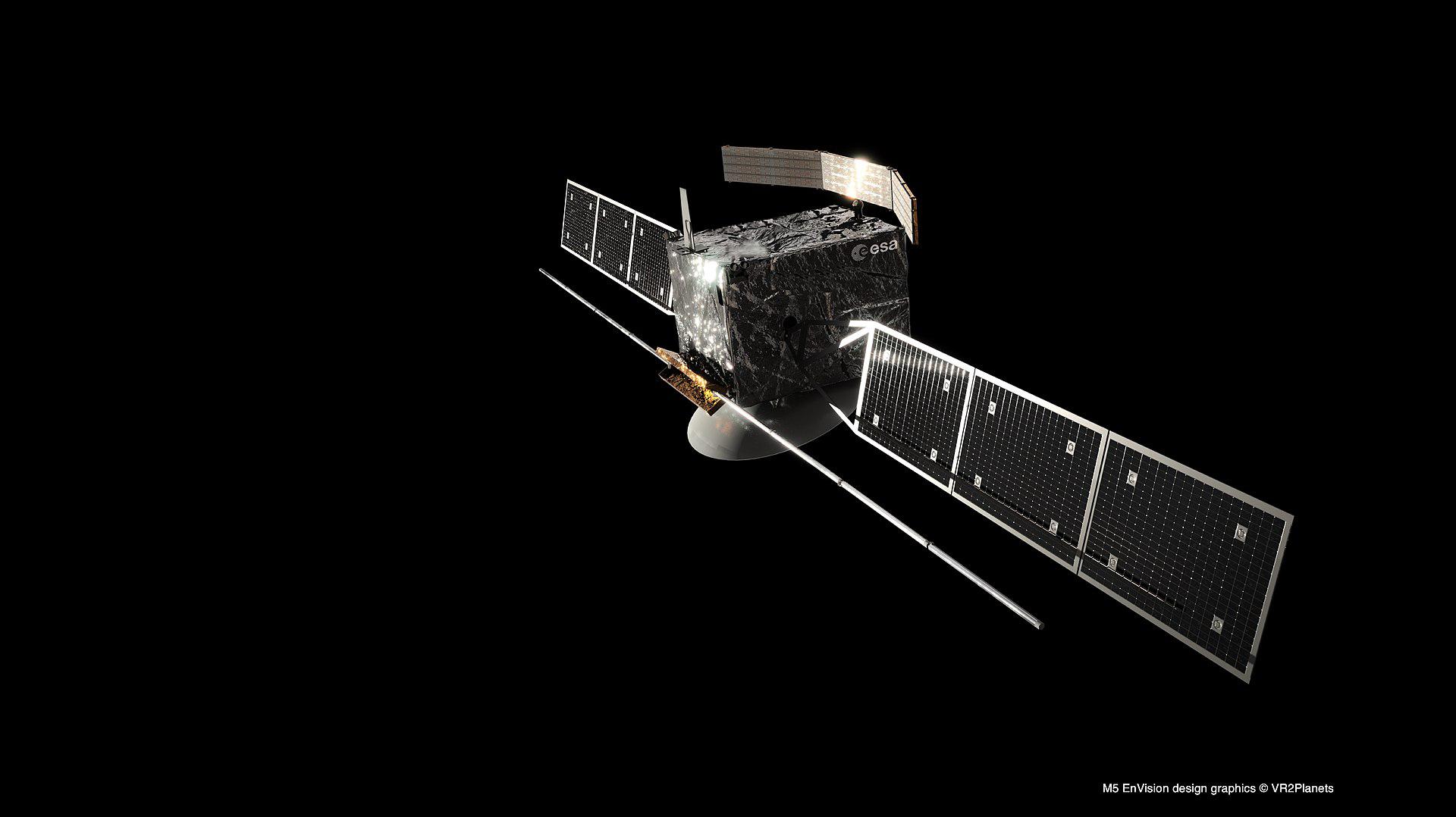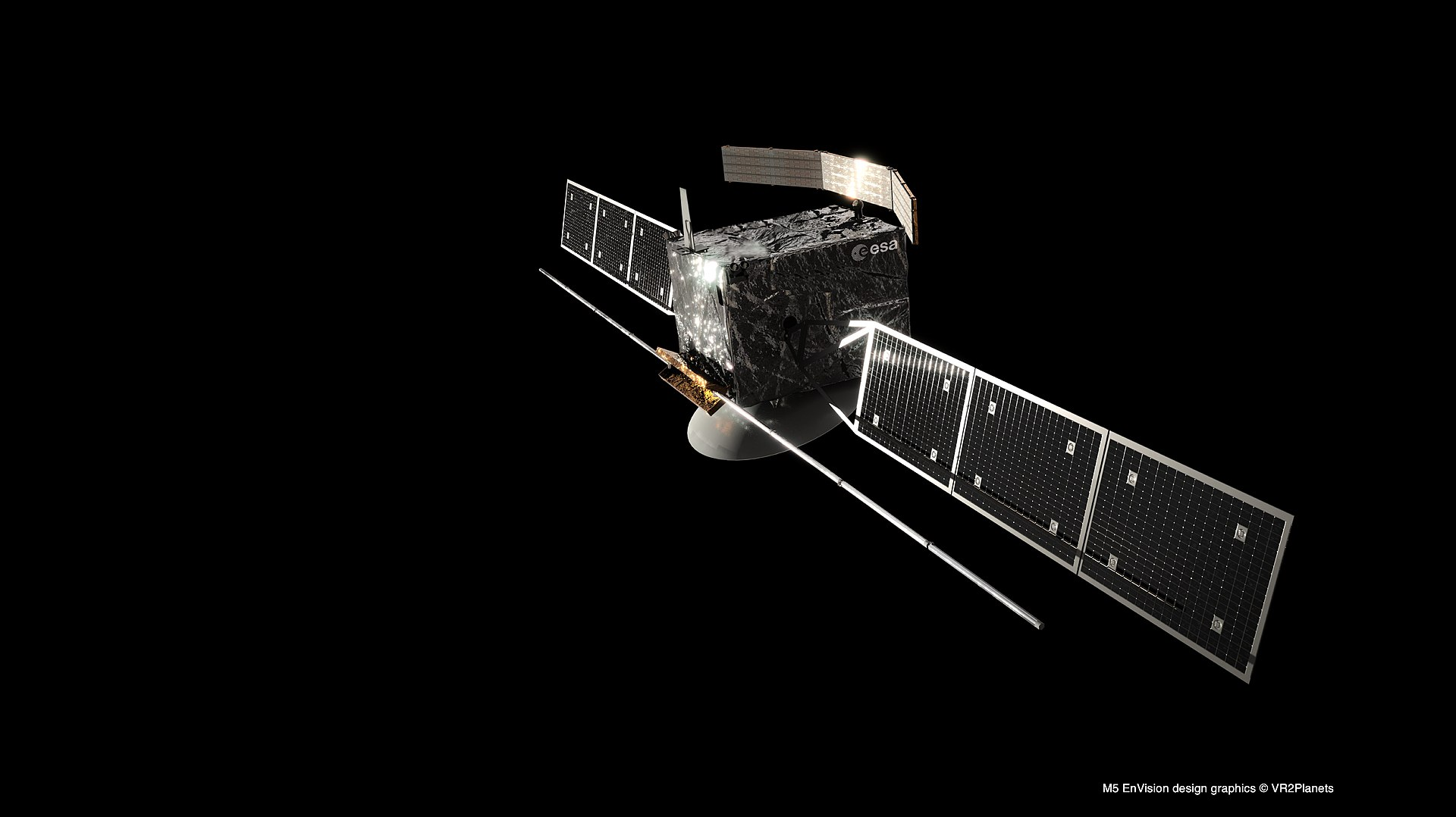The European Space Agency (ESA) has named the winner of the fifth selection of the Cosmic Vision program in the category of M-class missions. These include spacecraft costing about 500 million euros. Two projects took part in the final selection: the EnVision and Theseus missions. The first was to create a probe to study Venus, the second – the construction of an apparatus for tracking high-energy events in the universe. In the end, ESA favored the EnVision project.
EnVision’s main objectives will be to study the atmosphere and geological activity of Venus, as well as to produce a dative map of its surface. For this purpose, the vehicle will be equipped with three main scientific instrument packages: a spectrometer suite, a subsurface radar, and a synthetic aperture radar. The first two instruments will be built by European scientists, while the third will be provided by NASA.

An Ariane 6 rocket will be used to launch EnVisin. It is currently scheduled for 2031 to 2033. The flight to Venus would take 15 months. It will take another 16 months for EnVision to reach a working orbit. In order to save fuel, the aerobraking method will be used. The essence of this method is to use the atmosphere of the planet to change the orbital parameters of the spacecraft. After aero-braking is complete, EnVision will remain in a 92-minute quasi-polar orbit with a pericenter of 220 and an apocenter of 540 kilometers.
It is worth recalling that just a few days ago, NASA announced the intention to implement two missions, which will also target Venus. Other space agencies also have projects to study the second planet. Thus, even now we can say that the second half of the 2020’s and early 2030’s will be a time of a kind of renaissance in the study of Venus.





